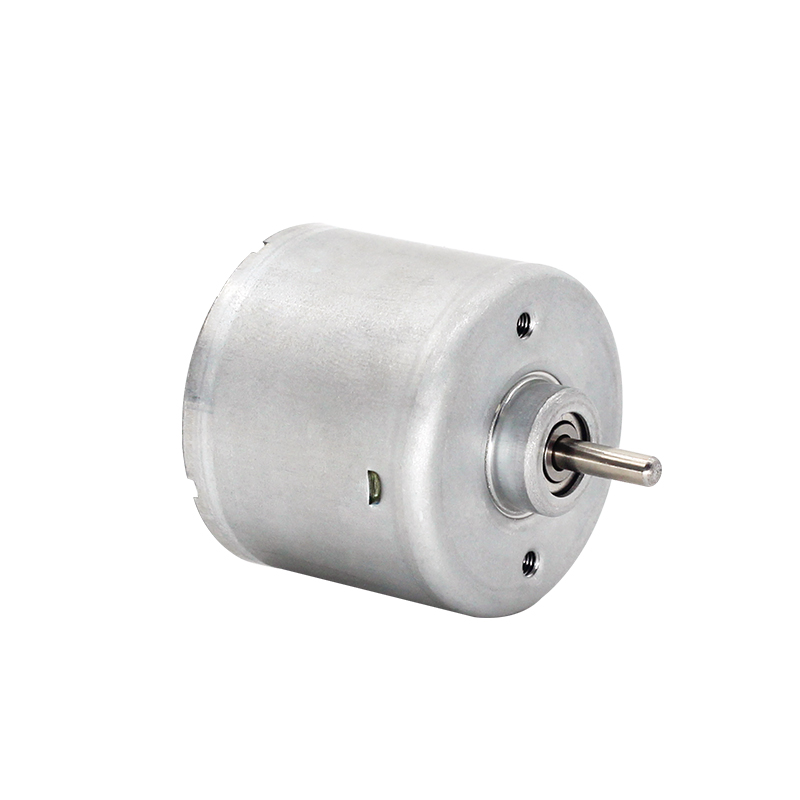Unveiling the Potential: Exploring Startup Characteristics and Response Time of the 36mm Brushless DC Motor in Electric Actuators
2024-04-15
In the realm of electric actuators, the 36mm Brushless DC (BLDC) motor stands as a prime example of innovation and efficiency. These motors, renowned for their compact size and robust performance, play a crucial role in various applications ranging from robotics to automotive systems. One of the key factors defining their utility is their startup characteristics and response time, which profoundly influence their effectiveness in different scenarios.
Understanding the 36mm Brushless DC Motor:
Before delving into its startup characteristics and response time, it's essential to grasp the fundamentals of the 36mm BLDC motor. Unlike traditional brushed motors, BLDC motors operate through electronic commutation, eliminating the need for brushes and commutators. This design not only enhances efficiency but also reduces wear and tear, resulting in a longer lifespan.
The 36mm BLDC motor, characterized by its compact size, offers a remarkable power-to-size ratio, making it ideal for applications where space is limited. Despite its small stature, these motors boast impressive torque and speed capabilities, providing a balance between performance and form factor.
Startup Characteristics:
Startup characteristics refer to how quickly and efficiently a motor initiates motion from a standstill position. In the case of the 36mm BLDC motor, its startup characteristics are influenced by several factors, including the motor design, control algorithm, and power supply.
One of the defining features of BLDC motors is their ability to deliver instantaneous torque, ensuring swift and precise movement. This attribute is particularly advantageous in applications requiring rapid acceleration and deceleration, such as industrial robotics and CNC machines.
Moreover, the inherent design of BLDC motors allows for smooth and silent operation during startup, minimizing vibrations and noise. This is especially crucial in applications where noise reduction is paramount, such as medical devices and consumer electronics.
Response Time:
Response time, also known as settling time, refers to the duration it takes for a motor to achieve a stable output after receiving a command signal. In the case of the 36mm BLDC motor, its response time is influenced by various factors, including the motor inertia, load characteristics, and control system dynamics.
Thanks to their electronic commutation and precise control algorithms, BLDC motors exhibit minimal response time, enabling them to quickly adapt to changing load conditions. This rapid responsiveness is instrumental in applications where dynamic motion control is essential, such as servo systems and unmanned aerial vehicles (UAVs).
Furthermore, the high-speed capabilities of BLDC motors contribute to their short response time, allowing them to swiftly adjust their output to meet performance requirements. This agility ensures optimal system performance and enhances overall productivity in diverse applications.
Conclusion:
In conclusion, the 36mm Brushless DC motor represents a pinnacle of innovation in the field of electric actuators, offering a blend of compactness, efficiency, and performance. Its startup characteristics and response time play a pivotal role in determining its suitability for various applications, ranging from industrial automation to consumer electronics.
By understanding and harnessing the capabilities of the 36mm BLDC motor, engineers and designers can unlock new possibilities in motion control and automation, driving advancements across industries and propelling us towards a more connected and efficient future.



